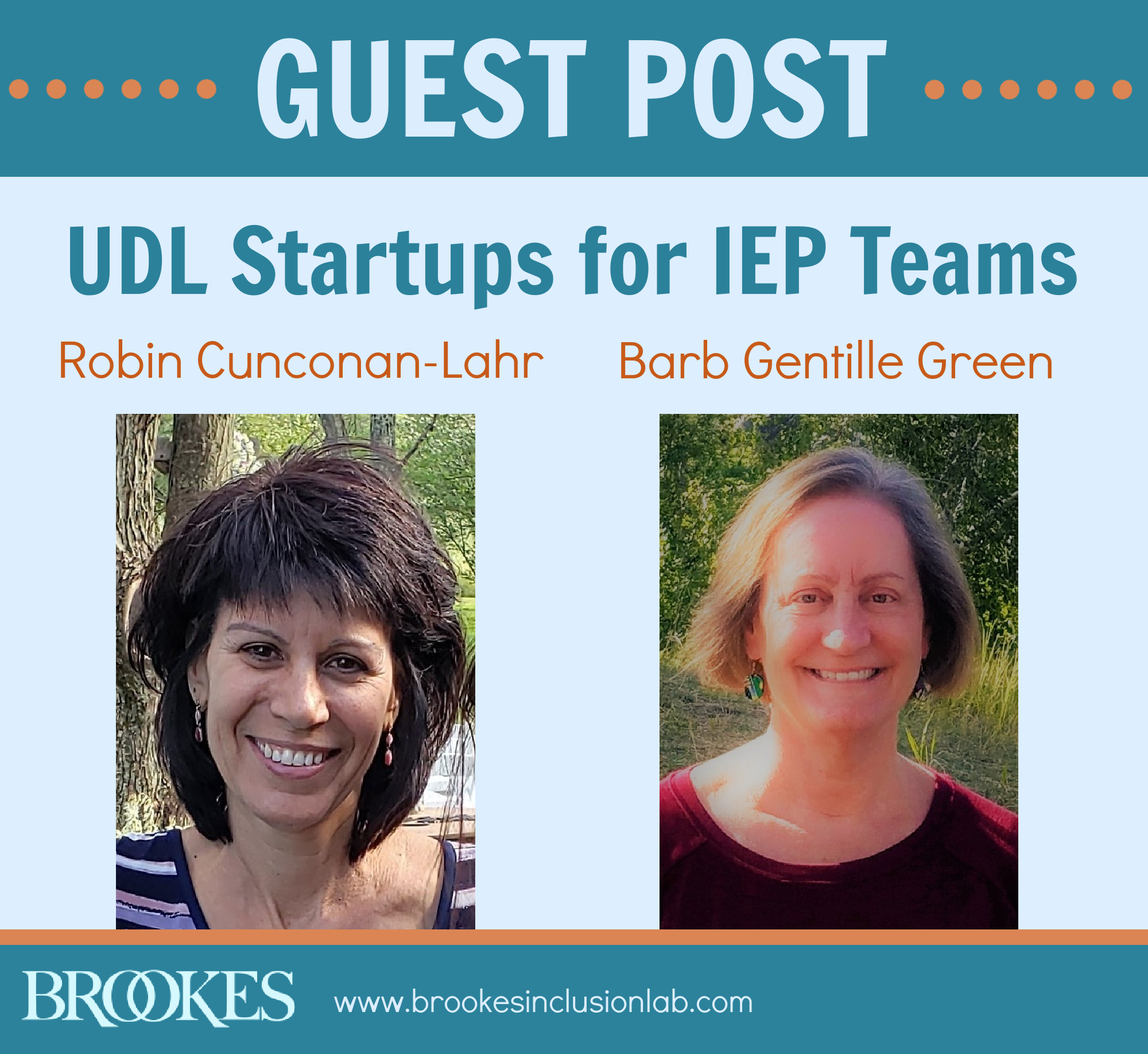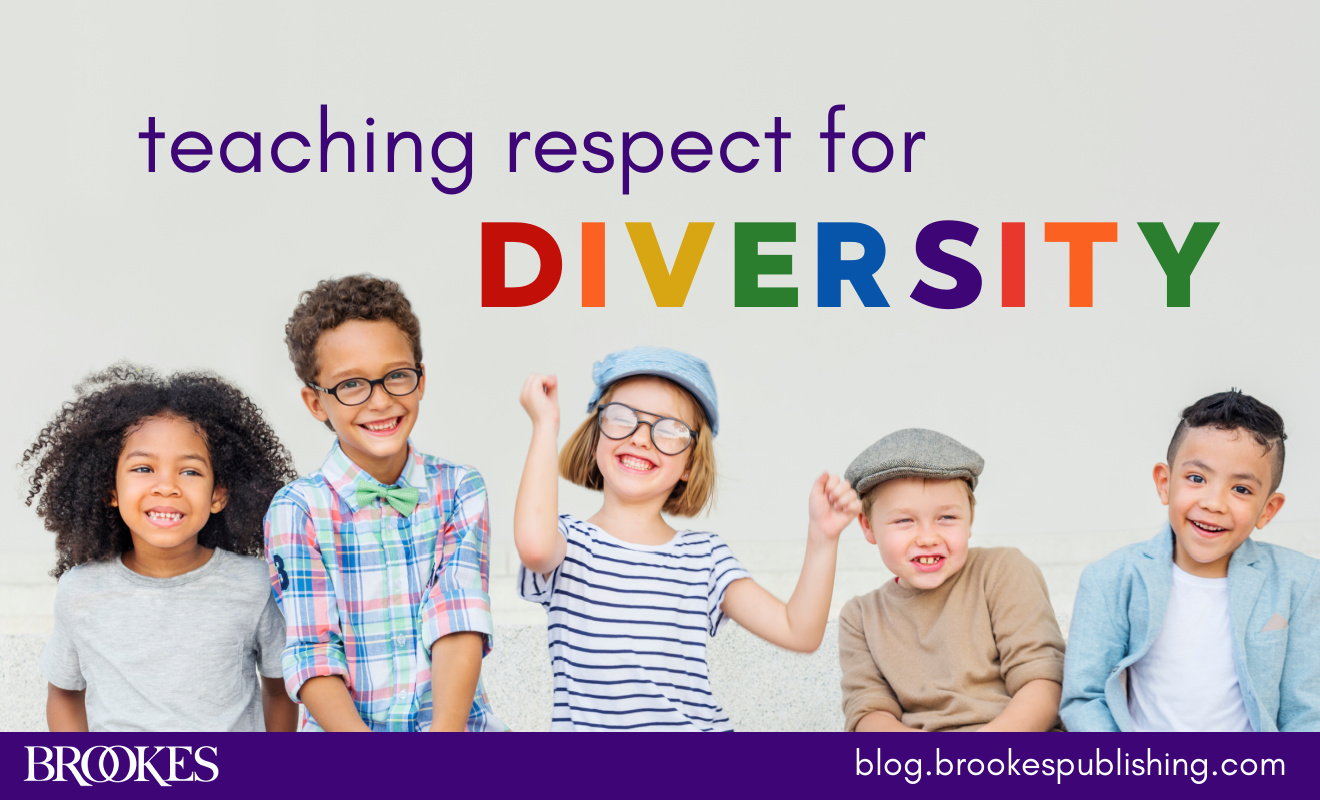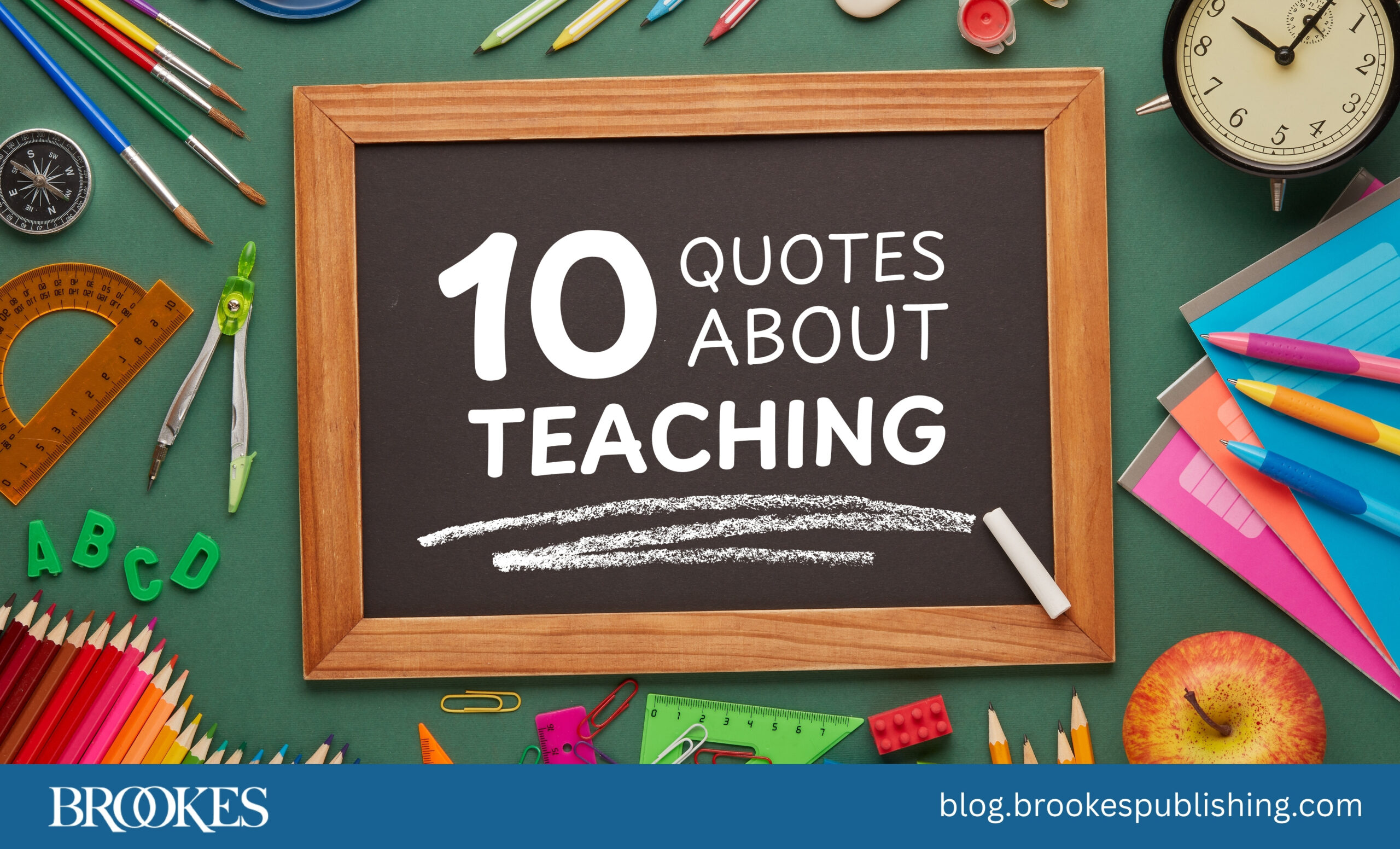GUEST POST: UDL Startups for the Least Restrictive Environment (LRE) Process
April 27, 2021
Today we’re pleased to welcome two special guests to the blog: Robin Cunconan-Lahr, an attorney and founder of Innovating for Justice LLC, and Barb Gentille Green, a UDL Professional Learning Facilitator and Coach. Robin and Barb are here today to talk about a few ways IEP teams can get started with UDL, so that students with and without disabilities have access to the general curriculum. This is a great post to share with teachers and other members of the school team who are just getting started on their UDL journey!
***
Nearly 50 years after the Individuals with Disabilities Education Act (IDEA) law was passed, many students with disabilities still spend a significant amount of time outside of general education environments. As a special education attorney and a special education director, we see barriers that continue to limit student access to general education. Universal Design for Learning (UDL) can counter these barriers. With IDEA as our backdrop, we offer two UDL “startups” to help Individualized Education Program (IEP) teams design general education to be more inclusive.
The IDEA Backdrop: What Is LRE?
The Least Restrictive Environment (LRE) principle of IDEA requires that students with and without disabilities be educated together to the maximum extent appropriate. This includes being together in general education classrooms, nonacademic settings, and extracurricular activities.
Although IDEA clearly establishes that IEP teams must make individualized decisions, it presumes that the first placement option considered is the general education environment. This means that when teams meet to develop or revise IEPs, they need to begin with the general education class as the first placement option considered.
As part of the LRE process, IEP teams must also consider a wide range of Supplementary Aids and Services (SaS) to support the student in general education environments before a student is placed elsewhere, such as in special classes or separate schools. SaS are supports in general education settings that enable children with and without disabilities to be educated together.
Much has changed in special education since IDEA was passed, including advances in technology and instructional approaches using evidence-based practices, both of which have expanded the scope of SaS. There are an infinite number of possible SaS that empower educators, families, and students to collaborate creatively and meet each unique student’s needs in general education.
How Is It Going?
Despite this established legal framework, significant research demonstrating the benefits of inclusion, and efforts by families and educators, barriers to general education remain.
One way to address barriers faced by IEP teams is to start the LRE process asking the question, “How can the general education environment meet student needs?” This leads teams to intentionally consider a full range of SaS in general education and creates opportunities for applying UDL.
Solutions: What Is UDL?
The UDL framework is based on the premise that all students will have an equal opportunity to learn and be successful when educators design environments that honor variability and diversity. The barriers to learning exist not in the learner but in the design of the learning environment. UDL’s three principles provide the basis for minimizing barriers and optimizing student success for all learners.
| UDL principles: | Provide options in multiple and varied ways for: |
| Engagement | Recruiting interest, sustaining persistence & self-regulating |
| Representation | Presenting information, clarifying language, supporting comprehension |
| Action/Expression | Expressing knowledge, building executive functioning |
For students with disabilities, UDL can guide IEP teams as they start the LRE process to ensure an intentional focus on supports like SaS in general education environments. Here, we discuss two UDL Startups—which we call Frame the Mindset and Activate UDL Principles—as examples of how UDL can play an important role in this process.
UDL Startup #1: Frame the Mindset
Mindset is powerful! When IEP teams support a mindset of inclusivity, the LRE process is on the right track. The inclusive mindset is built into the UDL framework because it values and proactively plans for learner variability.
Educators guided by UDL believe it is their responsibility to design general education so that it becomes the least restrictive environment. As a result, designing and planning with this mindset supports teams to focus on the “how” of inclusion.
One way to frame a UDL mindset for the LRE process is to start by asking the two key questions in the table below. Do the responses align with UDL, or might they be a barrier to inclusivity?
| Start by asking…. | Alignment of responses |
| Are students viewed with presumed competence or with a “deficit-thinking” mindset? | UDL:
❏ presumes competence ❏ maintains high expectations for all students ❏ designs curriculum for student variability
Deficit thinking: ❏ lowers expectations and limits student potential ❏ focuses on “interventions” to fix perceived deficits. |
| Do words and actions reflect the belief that barriers to learning are in the environment or within the student? | UDL believes:
❏ barriers exist in the environment and curricula ❏ barriers do not exist in the student
Believing barriers exist in the student: ❏ shifts the focus away from how to change the environment ❏ creates the perception that the student should change
|
Shifting mindsets may take time, but it can be accelerated by changing instructional practices. Startup #2 provides ideas on how to implement UDL, leading to student success and mindset adjustments.
UDL Startup #2: Activate UDL Principles
A UDL mindset supports IEP teams to identify barriers and generate new ideas for SaS never considered before—an “aha” moment, so to speak! The table below lists common barriers with SaS examples that “activate” the UDL principles.
| Barriers | Supplementary Aids & Services | UDL Principles |
| Attitude & Beliefs | ★ High expectations with scaffolding to ensure success
★ Educator & family collaboration
|
Engagement Principle:
➢ High expectations optimize motivation ➢ Team self-reflection Action/Expression: ➢ Graduated levels of support to meet student need |
| Physical
|
★ Flexible seating
★ Individual and small group learning areas ★ Calming area ★ Classroom sensory adjustments |
Engagement Principle:
➢ Physical environment supports self-regulation |
| Social/Emotional | ★ Opportunities for meaningful relationships
★ Authentic belonging ★ Peer Supports ★ Cooperative Learning Strategies |
Engagement Principle:
➢ Establish relationships ➢ Create a welcoming, belonging, environment ➢ Increase motivation ➢ Learner empowerment |
| Instructional/Curricular | ★ Multiple ways for students to interact with the learning material to highlight strengths while working on needs.
★ Instructional/Assistive Technology- Google, FlipGrid, Quizlet, Apps, AAC ★ Pre-teaching |
Representation:
➢ Instruction varied to support variability ➢ Building background knowledge Action/Expression: ➢ Students assessed flexibly to meet unique needs |
| Teacher Training & Additional Supports | ★ Co-teaching
★ Paraeducator support |
All Principles:
➢ Fostering collaboration leads to team learning ➢ Shared ideas for environment and curriculum design |
Wrap Up to Start Up!
Framing an inclusive mindset and activating the principles of UDL are just two ways to start up the LRE process in general education environments. Together, these two “startups” guide IEP teams to be intentional, equitable, and creative with SaS to ensure inclusively designed education for all students.
***
Thanks to Robin and Barb for being here today and sharing these UDL-based startups with us. For additional resources, check out Robin and Barb’s Padlet, UDL: Designing For The Least Restrictive Environment in General Education.
About the Guest Posters
Robin Cunconan-Lahr is an attorney and founder of Innovating for Justice LLC, a law firm that focuses on special education law and disability justice on behalf of individuals and families with disabilities. She also works in higher education with current practitioners and pre-service special education programs advocating the important role of Universal Design for Learning (UDL) in student success. Robin is based out of Pennsylvania and she can be reached at robin@innovatingforjusticelegal.com
Barb Gentille Green is a UDL Professional Learning Facilitator and Coach. Currently a Special Education Director in central Ohio, Barb has worked with students with exceptionalities for the past 37 years. Positions as Occupational Therapist, Intervention Specialist, Curriculum Director and Ohio State Support Team Educational Consultant/Coach have provided many opportunities to live her passion: empowering students to become the best versions of themselves. Barb can be reached at barbggreen@gmail.com




Write a Comment
Your email address will not be published. Required fields are marked *
comments
Heidi Orvosh-Kamenski says
This is such a great resource!!!
Post a Comment